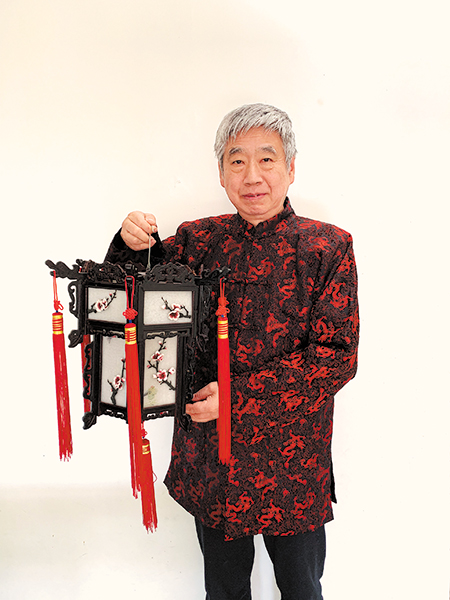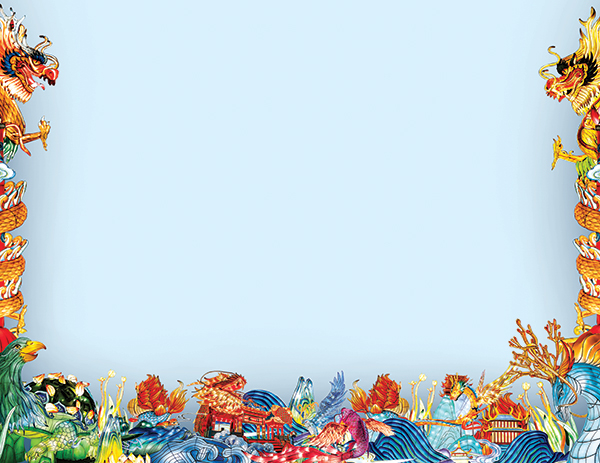Illuminating tradition
Lantern making is an ancient folk art that continues to shine and casts light on how the past connects with the days and nights yet to come, Yang Feiyue reports.
By Yang Feiyue | China Daily | Updated: 2024-01-30 08:02

Regional revivals
In Shengfang town, Hebei's Langfang city, Niu Junqi has just finished a massive set of Shengfang-style lanterns for the Qinhuai lantern fair that will open in early February.
His work features a circular pool that's 6 meters in diameter with a leaping carp in the center, surrounded by lotus flowers and leaves.
"It represents the prosperity and charm of a northern water town," says Niu, whose family has created lanterns in this town for four generations.
The lanterns from his hometown have evolved to absorb elements of local life, customs and environs that contrast them with Beijing's palace lanterns.
There are about 20 major varieties, the most distinctive of which feature motifs of water towns or are actually children's toys that resemble ducks, watermelons, cars, goldfish and mythical figures, he adds.
Shengfang lanterns also made the national-level intangible cultural heritage list in 2008.
Chinese lanterns have been shining brighter overseas, too, as more lantern festivals are held abroad, attracting not only people of Chinese ancestry but other visitors, too.
Li Yuanyuan, who's an experienced curator of exhibitions of Chinese intangible cultural heritage, says: "These kinds of lanterns embody the unique beauty of light as expressed by Chinese people. They have witnessed our civilization's evolution and illuminated its development path. They're one of the oldest household items and once were among the most intimate daily necessities used by all people. So, they carry cultural history and cohesion."
She believes they showcase artisans' ingenuity across dynasties, as they refined gold and jade to likewise make bamboo and wood radiate.

The approach of Spring Festival means Zhai has received many invitations from communities and institutes to showcase palace lanterns' charm.
He particularly enjoys hosting workshops where he teaches people to make lanterns themselves. He delights in the proud smiles of children and the nostalgic expressions of adults, when they complete their works under his guidance.
Technology has made it easier to craft lanterns, but Zhai contends it's essential to keep the handiwork traditions alive.
"Take adhering the cloth to the glass, for example — you have to do it by hand to ensure the fabric is smooth, without pleats, when it's applied atop curved surfaces. You can't do it with a sewing machine."
The demanding character of the techniques means the number of inheritors has waned to the point where the few remaining masters are elderly.
"We need to promote and popularize it, so that more people can understand palace lanterns and their cultural significance," Zhai says.
He believes his lifelong devotion to this craft has been worthwhile. His octagonal lanterns can be seen in such locations as the Tian'anmen Rostrum and many overseas sites that foster friendship with China.
"Wherever you are, when you see a palace lantern, you know there's a connection to China," Zhai says.
























